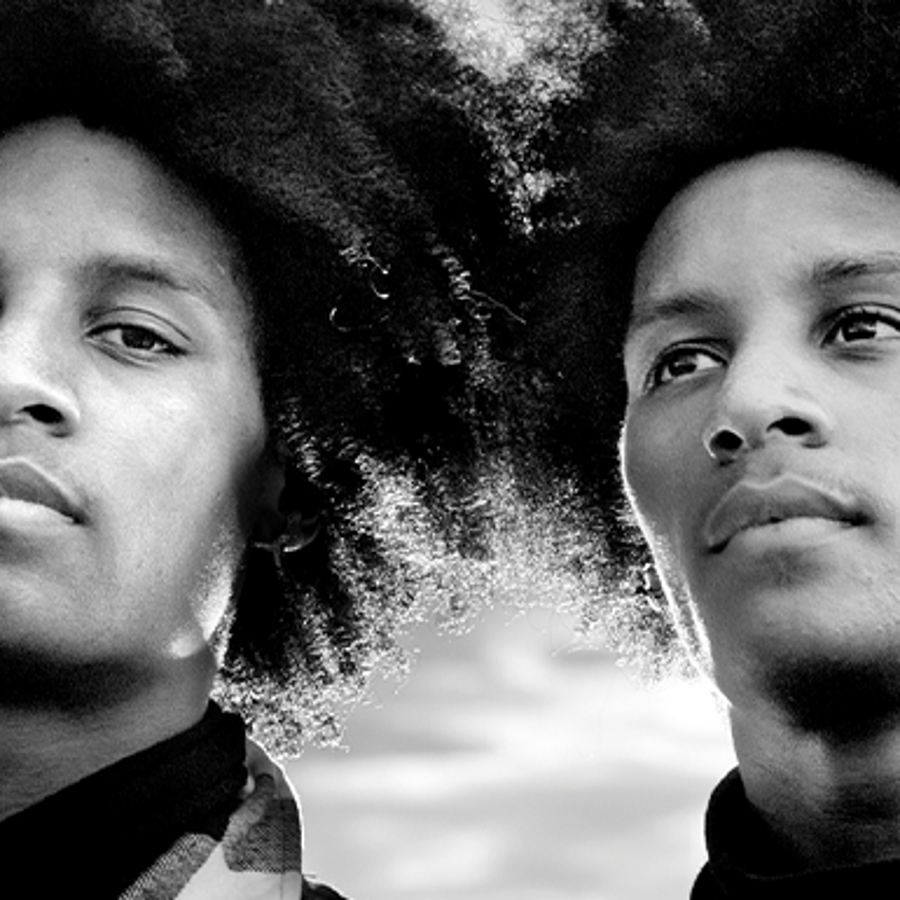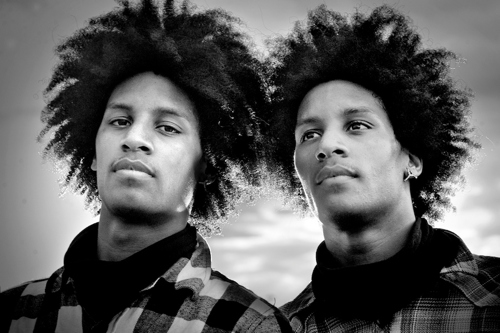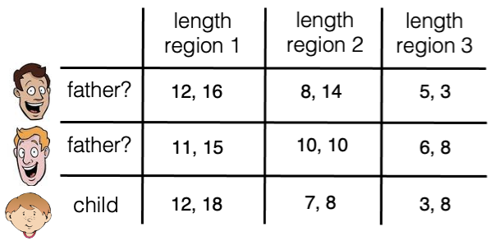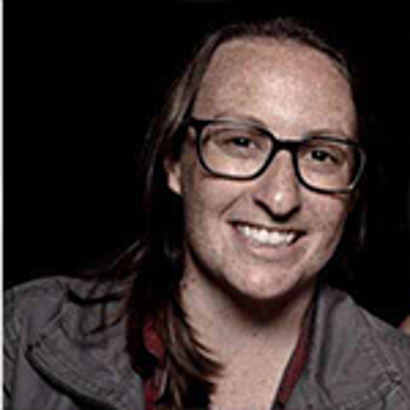
If identical twins have the same DNA, how do you tell who the father is?
August 5, 2014

- Related Topics:
- Twins,
- Paternity tests,
- Consumer genetic testing
A high school student from Rhode Island asks:
"If identical twins have the same DNA, how do you tell who the father is?"
Until recently you couldn’t. Even today, you might not be able to get a clear answer.
A standard paternity test can’t tell which identical twin might be the dad. These rely on the differences between the DNA of two potential dads. And identical twins have so few that these tests miss them.
This is why you need a more comprehensive test. Instead of the usual 15 or so markers that a standard paternity test looks at, you need a test that looks at six billion or so markers. Only then do you have any chance of telling which identical twin is the real dad.
You can only get this much information from sequencing the entire set of DNA (or the genome) of each twin, the mother, and the child. Until a few years ago this would have been way too expensive. But nowadays, with the cost coming down, you could probably do something like this for tens of thousands of dollars.
Though even if you have full genomes from both twins and the child, sometimes it isn’t possible to get a clear answer.
As you can tell, this won’t be available to everyone any time soon. But if you really need to know and you have lots of money, you have at least a chance of finding out.
Identical Twins Not Really Identical
You’ve probably heard that identical twins have the same DNA. This is definitely true right after they split.
See, identical twins start off from the same fertilized egg. That egg divides a few times and then splits into two parts. One group of cells goes on to be one twin and the other cells the other twin.
So as you can see, they start with the same DNA as embryos. But then their cells divide millions of times before they are born.
Every time a cell divides, it has to copy its DNA. Our cells do a very good job when they copy our DNA, but sometimes they make a mistake, called a mutation. So each twin will have a few mistakes in his DNA that are unique to him.

All of us are walking around with mutations in some of our cells, and for the most part, they don’t do much. But, if we have mutations in our sperm or egg cells, those can get passed on to our children.
Because of this, identical twins will have a few DNA differences even though they look the same. And some of those differences will get passed on to their children.
The idea then would be to find spots on the DNA that one twin shares with the child but not with the other twin. With enough of these, the child’s DNA will be a better match to the twin that is her dad.
These DNA differences between people haven’t always been so easy to read, but new technology has made it all possible. It has also made it so we just might be able to find the real dad even if identical twins are involved.
Paternity Tests Compare DNAs
Remember, a paternity test compares two men’s, the mother’s and the child’s DNA. The idea is to find DNA that the child shares with one man but not the other. This is trickier than it sounds…
As I said before, a paternity test doesn’t look at every bit of everyone’s DNA. This is way too expensive and time consuming.
Instead, a traditional paternity test looks at the lengths of 15 or 20 pieces of DNA in a potential father and the child. These are regions that are often different between different people.
Things are made a little more confusing by the fact that everyone has two copies of the tested regions. This means that if the man is the child’s dad, one of his copies will match one of the kid’s copies. If the dad and the child both match at all of the markers tested and the other man matches at many fewer, then there is a really good chance that the first man is the father.
Let’s walk through how a paternity test helps us figure which man is the father. Below is an example of what a paternity test measures for one possible father:

A real test would measure about 15 or 20 regions, but here I’m only showing three. The numbers for each region are the length of the DNA at that spot. Remember that everyone has two copies of these regions, so there are two numbers for each region.
So this man has a “12” and a “16” at region 1. He also has an “8” and a “14” at region two and so on.
Now we measure those same regions for the other potential father and the child. Here is what that test might look like:

Now we have all of the information we need. We just have to look for the lengths to match between one of the men and the child. Remember that only one of the two lengths at each region have to match.

Above we can clearly see that father 1 is more likely to be the real father of the child. For example the child and the first man both have a 12 at region 1, an 8 at region 2 and a 3 at region 3. The second man only matches in region 3 where they both have an 8, but this can happen by chance.
We can conclude that the first man is more likely to be the dad as compared to the second. This conclusion will be strengthened if this trend continues as scientists compare more regions of their DNA.
But with identical twins this doesn’t work. In fact, it doesn’t always work even with brothers that aren’t identical twins.
Identical twins have so few DNA differences that the lengths will almost certainly all be the same. So both twins will look like the father:

So with identical twins we have to ramp things up from 15 or 20 spots to 6 billion or so. We have to look at the actual sequence of DNA. That’s the A’s, T’s, G’s and C’s that make up the genome.
Like I said before, in identical twins you will see a few differences. You just have to look much more closely to find them.
So you look at the sequence of the two copies everywhere in the DNA and then you will be able to find a few regions where you see some differences. This might look something like this:

This chart looks much more confusing than the traditional paternity test. But you can see that the second man shares small bits of DNA with the child that the first twin doesn’t have. In this case, the second twin is more likely to be the dad than the first.
Finding a match in the whole sequence is much more work than just looking at the lengths. But you will find the differences if you look hard enough. So after reading the entire DNA sequence you may finally know who the dad is!

Author: Anne Sapiro
When this answer was published in 2015, Anne was a Ph.D. candidate in the Department of Genetics, studying regulation of mRNA processing in Billy Li’s laboratory. She wrote this answer while participating in the Stanford at The Tech program.
 Skip Navigation
Skip Navigation
